The red tailed hawk, also known as the red-tailed hawk, is a bird of prey native to North America. Some people call them “chickenhawks,” as well as with “Cooper’s hawks,” and “sharp-shinned hawks.”
Despite this nickname, the species does not frequently feed on full sized chickens. Instead, they prefer small mammals, particularly rodents. Read on to learn about the red tailed hawk.
Description of the Red Tailed Hawk
The appearance of this hawk varies based upon the subspecies. There are a number of different color patterns, including lighter, darker, and intermediate plumage. Most adult red tailed hawks have a reddish-brown colored tail, which is where they get their name. They are relatively large hawks, and their wingspan ranges from 3’5″ to 4’10” depending on the sex of the bird and the subspecies.
Interesting Facts About the Red Tailed Hawk
This hawk species is commonly seen across North America, but how much do you actually know about red tailed hawks? Learn more about this interesting raptor below.
- Varied Diet – Far from picky, red tailed hawks will feed on a wide variety of animals. Though the vast majority of their diet usually consists of rodents (usually squirrels), they will also feed on anything small enough to catch. They eat snakes, birds, fish, insects, and carrion. Some have even seen red tailed hawks eating crabs!
- Not Top Predators – They are also far from the biggest and “baddest” birds around. One of the greatest enemies of the red tailed hawk is the great horned owl. The owls regularly hunt red tailed hawks and their chicks. In fact, great horned owls kill over 30% of nestlings in some populations.
- Stiff Competition – Though they are vulnerable to the larger great horned owl, that doesn’t mean they are pushovers. Red tailed hawks have been known to steal food from other birds of prey. They are larger than many other raptors in their range, and will swoop in to steal a kill if they spot one.
- Common Hawk – This stealing, known as depredation, is common across the hawk’s range. In fact, these birds are so widespread that they steal food from many different species of hawks and other birds of prey! They have one of the widest distributions of any hawk in North America.
Habitat of the Red Tailed Hawk
These birds live in a wide variety of habitats, and have an extremely wide distribution. Their flexibility is part of the reason they are so successful across North America.
Scientists believe that these birds can adapt to just about any habitat in North America. You can find these birds in deserts, woodlands, tropical rainforests, grasslands, mountains, wetlands, urban areas, agricultural areas, and more.
Distribution of the Red Tailed Hawk
Though these hawks only occupy some areas seasonally, they reside across nearly all of North and Central America. Red tailed hawks are year-round residents across almost all of the United States.
These non-migratory populations also spread into Mexico and parts of Central America. Nearly all of Canada, save for the northernmost reaches, contains seasonally breeding populations of birds. These hawks spread all the way into southern portions of Alaska.
Diet of the Red Tailed Hawk
Like nearly all hawks, these birds are carnivores. They feed on a wide variety of prey species, and are extremely opportunistic. If they see a potential prey item, and think they can successfully take it down, they will make an attempt!
The vast majority of their diet consists of rodents, particularly squirrels. Other rodent prey includes mice, groundhogs, voles, rats, gophers, ground squirrels, chipmunks, rabbits, and more. They will also eat snakes, birds, lizards, young turtles, insects, and more.
Red Tailed Hawk and Human Interaction
Because they adapt so well to different environments, red tailed hawks and humans interact frequently. These interactions are not always positive, as farmers commonly kill or harm hawks to protect livestock. However, harming hawks is illegal under the Migratory Bird Act, and their populations are stable. Humans also interact with red tailed hawks for use in falconry, in which they are a commonly used raptor.
Domestication
Humans have not domesticated red tailed hawks in any way.
Does the Red Tailed Hawk Make a Good Pet
No, these hawks do not make good pets. It is illegal to own one as a pet, and using one for falconry purposes requires extensive caging, experience, and permits.
Red Tailed Hawk Care
In zoos, and under licensed falconers, these raptors are extremely common. Both rescued birds and birds bred for falconry commonly live in either setting. This species in particular is easily tamed and fast learning, making them perfect for education programs.
These programs help teach people the importance of predators, and conserving the environment around them. In the care of zoos, they need plenty of space for flying, and thrive when fed a diet of rodents.
Behavior of the Red Tailed Hawk
Usually, you can see these birds engaging in one of two main behaviors: They are either soaring through the air, giving the occasional territorial “kree – ee – ah!” Or they are perching high up in a tree, keeping a keen eye out for the movement of a tasty squirrel or mouse. Single birds or pairs will keep a territory for hunting and breeding, and chase away any other birds of prey.
Reproduction of the Red Tailed Hawk
Both new and established pairs will perform elaborate courtship rituals on the wing. Once the pair has established (or re-established) their bond, they will mate. Both parents help in the construction of the nest, which they build high up in a tree or on a cliff. The number of eggs laid depends on the subspecies, usually between one and three.
Incubation lasts approximately one month, and the parents aggressively defend the nest from potential predators. The newly hatched chicks will be doted on by their parents, and do not attempt to fly until they are around six or seven weeks old. It will be another six or seven weeks before the young hawks can catch prey on their own, and they gain independence around six months old.

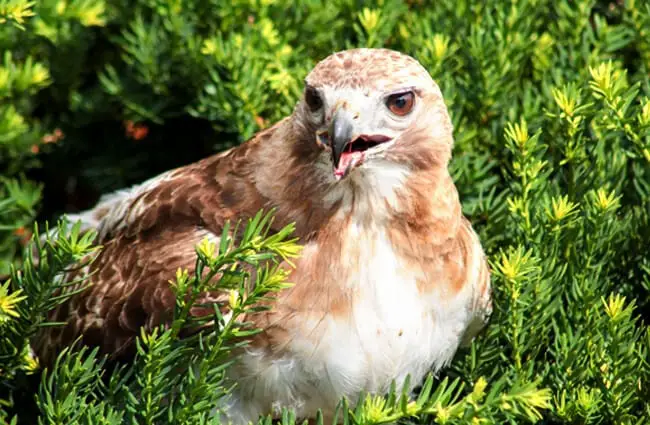
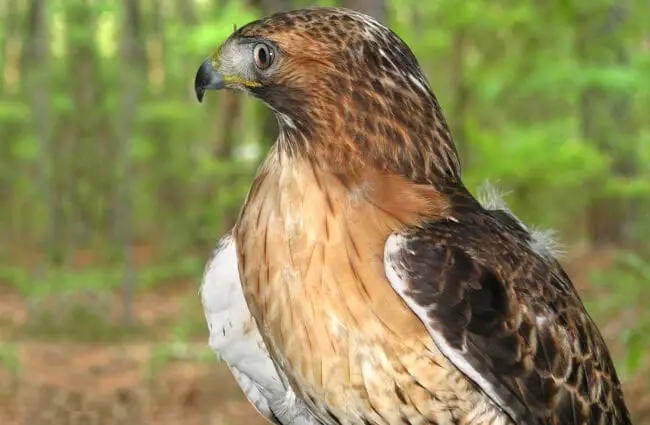
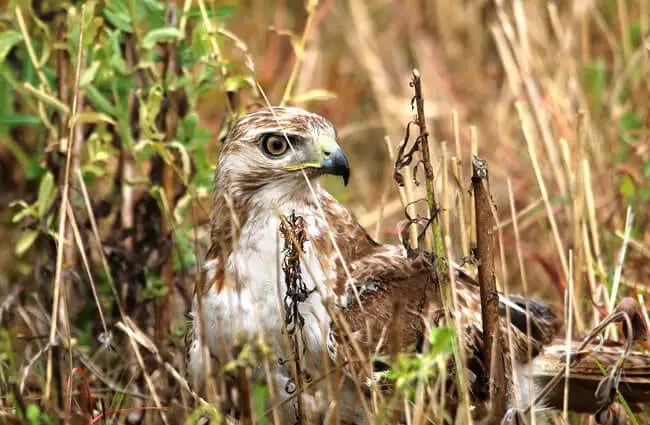
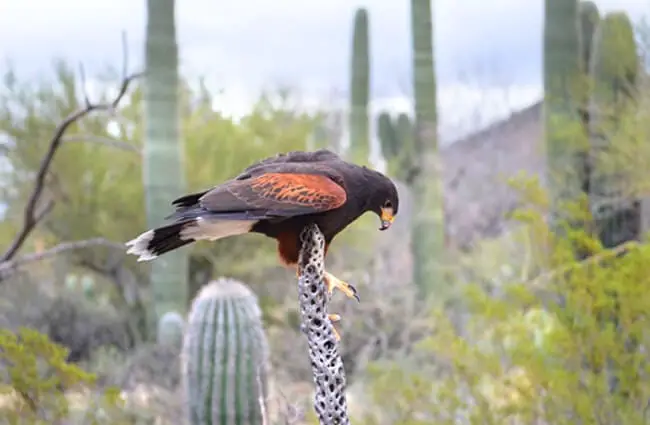

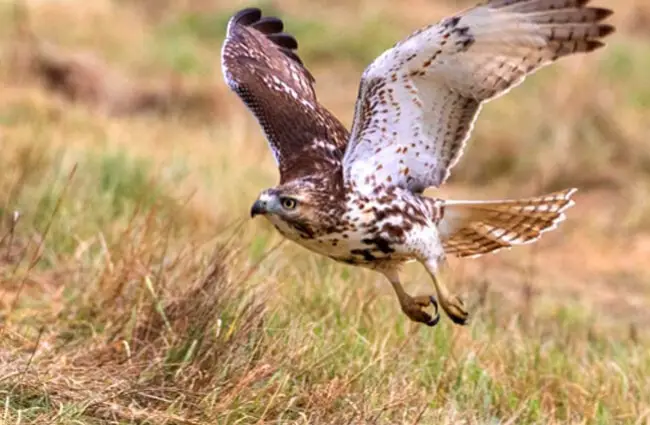


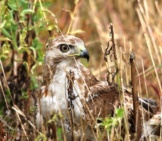


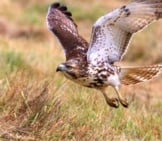
![Red Angus Closeup of a beautiful Red Angus cowPhoto by: U.S. Department of Agriculture [pubic domain]https://creativecommons.org/licenses/by/2.0/](https://animals.net/wp-content/uploads/2020/03/Red-Angus-4-238x178.jpg)




![Red Angus Closeup of a beautiful Red Angus cowPhoto by: U.S. Department of Agriculture [pubic domain]https://creativecommons.org/licenses/by/2.0/](https://animals.net/wp-content/uploads/2020/03/Red-Angus-4-100x75.jpg)

